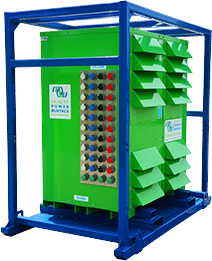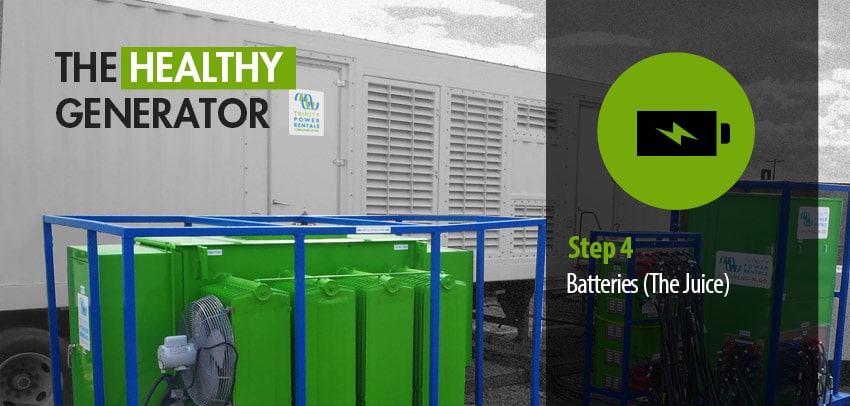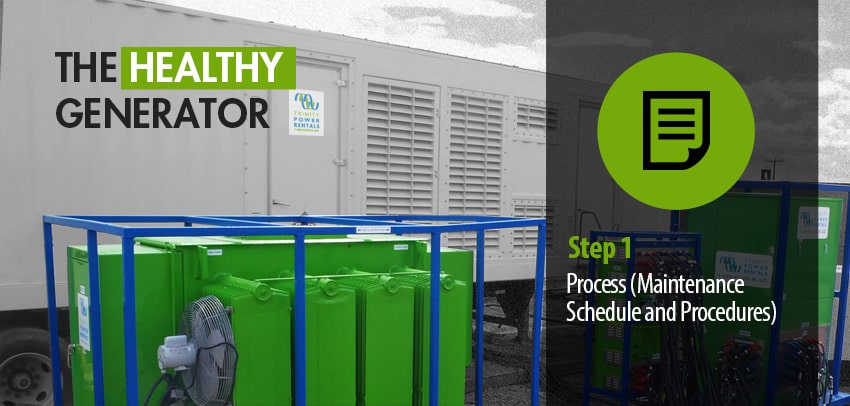- OUR APPROACH
-
COMMITTED TO YOUR SUCCESS
Our approach, developed over decades of experience, is fine-tuned to get the results you want.
We deliver concept-to-completion solutions, designed by temporary power specialists with access to the largest inventory of high-quality power generation and distribution equipment in North America.
-
- Equipment
-
RENTALS
From a wide range of diesel and natural gas generators to transformers, cable, light towers and more, our large rental fleet and extensive vendor network ensure we’ll have the temporary power equipment that your project requires — every time.

-
- Industries
-
INDUSTRIES WE SERVE
For nearly 20 years, we have been at work powering projects across Canada’s industrial sectors.
Select from this sampling of industries to learn how we can put our expertise to work for you.
VIEW ALL- Projects
- About
-
A PROUD HISTORY. A BRIGHT FUTURE.
From our inception in 1998, we have been building our team on a foundation of excellence. Our team members’ passion, expertise and commitment are what have allowed us to grow into a national company with projects across Canada.
Click on the links to learn more about our history, our team or our career opportunities.
- Blog
- Contact
-
Much like another of our major internal organs, the oil pan functions in a similar fashion to the liver. It is the prime filter of impurities in our system. Whatever combustion impurities exist inside the walls of the engine, none will avoid detection in the oil pan. An inspection of the oil during a routine change will inform the maintenance technician whether that combustion is complete or suffering from serious problems.
A diesel engine is designed to keep the different internal functions separated from one another: Combustion from lubrication and cooling. Metal rings adorn the perimeter of the piston head to prevent oil and diesel from mixing. Diesel fuel that escapes combustion will stick to the shaft and eventually migrate south into the oil pan. So will another common impurity prevalent in diesel: water. It too will resist combustion and escape into the oil pan.
But fuel is not the only source of water contained in a generator. Water is the primary ingredient in the cooling system that prevents the friction caused by the moving parts from overheating. If minute cracks or fissures exist inside the combustion chamber, coolant will be prevalent in the oil pan reservoir.
On an operational generator the oil is scheduled to be changed after 300 hours of service, the oil filter included. *Maintenance Tip* – pour the new oil into the new filter before installing it in the machine. This will ensure the filter doesn’t run in a dry state before being engaged by the rest of the lubrication system.
With the oil in the drain pan, use a clear glass container to scoop a sample of the expired oil. If combustion has been exemplary, the oil will look only slightly darker than the golden brown it was before it entered service. If the oil is black, a little soot is escaping through the combustion chamber. While soot is a normal by-product of diesel engine combustion, further investigation may be necessary to rule out a more pervasive issue.
A more immediate concern is if the colour of the oil is a light grey. This is a sure indicator that water in some form is entering the combustion chamber, either through the fuel system or as coolant. Have the oil tested to determine the source and initiate further corrective measures.
Diesel Generator lubrication processes are not restricted to the engine. Some machines employ a drive shaft mechanism connected to a fan to assist air circulation. Proper lubrication, in the form of grease, will keep those mechanisms operating efficiently. Check those components at the same time as the oil change.
In addition to engine coolant, the lubrication system is also sensitive to changing temperatures. Refer to the manual or one of our technicians to determine the ideal oil viscosity for your operating conditions.
In our next installment we’ll burrow into the operating temperature of the engine: Hello Coolant!
Related Articles
Subscribe for access to exclusive content

















